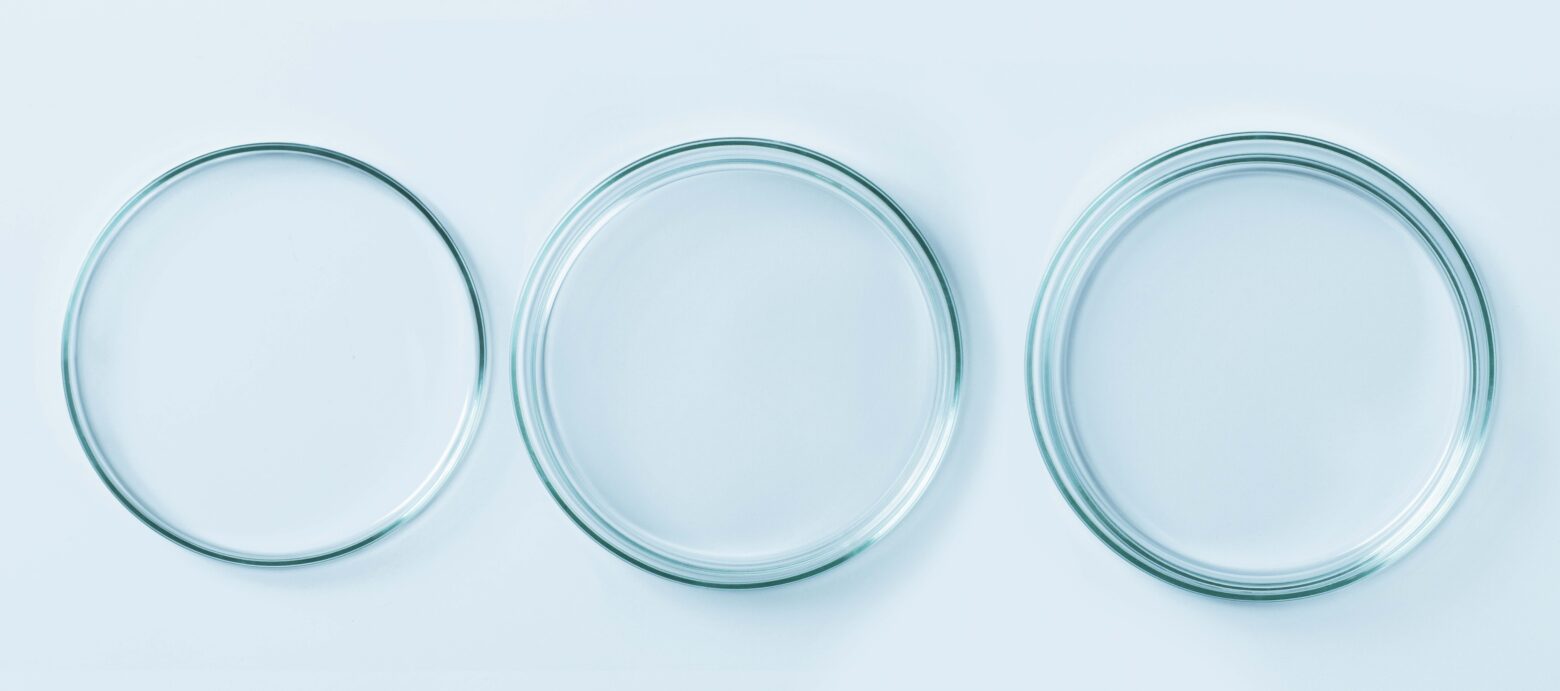As the healthcare landscape undergoes unprecedented transformation driven by AI, personalised medicine, and evolving regulatory frameworks, the legal challenges facing the life sciences sector have never been more complex or consequential.
“From the implementation of the European Health Data Space (EHDS) to the EU AI Act, from pharmaceutical procurement to balancing innovation with patient rights, health law practitioners navigate complex emerging regulations in one of the most heavily regulated industries. The post-pandemic era has accelerated these developments, creating opportunities and compliance challenges that demand sophisticated legal expertise,” says Juli Mansnérus, Partner and Head of Patents & Life Sciences at Dittmar & Indrenius.
In this Q&A, our health law specialists share their perspectives on the most pressing legal issues shaping the life sciences sector today. Drawing from their experience across pharmaceutical law, data protection, AI regulation, public procurement, and dispute resolution, they offer practical insights into how these evolving legal frameworks are impacting the industry.
Q: What is now topical in HealthTech?
Anna Haapanen, Partner, Head of Technology, Licensing & Data: The speed at which health tech (both software and hardware) is now developing, is breath taking, but so are the increasing demands of the regulatory framework as well. Developers of AI systems used for medical purposes (MDAI) must implement, in addition to Medical Devices Regulation (MDR), the – partly overlapping – requirements of the AI Act (AIA). Luckily, however, the MDAI manufacturers may integrate certain AIA obligations to their existing documentation and procedures already established under the MDR.
Further, many medical devices are also “connected products” under the Data Act. Manufacturers of such connected health tech devices (as well as mere “wellness devices”) must make the user data available for users – and upon their request, even to third parties (such as potential competitors) – in order to meet Data Act’s data sharing requirements –naturally also in compliance with the general data protection regulation (GDPR). In addition to these new regulatory requirements, we also assist our customers with manufacturers’ and distributors’ general obligations like those pertaining to CE markings – or the lack thereof. When also health tech innovations and related intellectual property rights are examined in the context of commercialization or threatening infringements, health tech lawyers are sure to get excited.
Q: How can patented medicines or treatments practically be included in public procurement processes?
Aarne Puisto, Senior Attorney: The contracting authority must follow procurement rules, which require open and non-discriminatory competitive tendering. For patented products, the contracting authority may set objective technical specifications justified by genuine healthcare needs or patient safety. It should be noted that the existence of patent protection does not automatically eliminate competition from public procurement; alternative products or generic equivalents may exist.
If the contracting authority can demonstrate, based on market research, that only a certain supplier can implement the procurement, it may use direct award procedure. However, as all derogations from general obligation to organise a competitive tendering must be interpreted strictly, further conditions for such a direct award are that there are no reasonable alternatives or substitute solutions, and that the absence of competition is not due to an artificial narrowing of the terms and conditions of the procurement.
Q: What are the current legal issues in the life sciences field that are particularly rele-vant at the moment?
Amanda Terhonen, Associate: Currently, the European Health Data Space Regulation (EHDS) stands out as a significant legislative initiative, harmonising the use of electronic health data across the EU. It is apparent that the EHDS will require substantial preparation and implementation work, despite relatively long transition periods before the rules fully apply. In this context also the secondary use of health data, along with the anonymisation and synthesis of personal data are hot topics in the life sciences sector, especially as data becomes increasingly important in this sector as well. Additionally, the EU’s pharma package that marks the first major revision of EU pharmaceutical laws since 2004 which aims to better meet patient needs, boost Europe’s competitiveness, and support innovation. It has been fascinating to be involved in projects in which we have supported our clients to navigate these complex rules, ensuring compliance while also identifying potential business opportunities created by regulation.
Q: Henna, having just returned from the IBA Life Sciences Conference in Boston, what’s shaping your view of the sector right now?
Henna Aukia, Senior Attorney: What really shaped my view in Boston was the strong contrast between short-term caution and long-term optimism in the sector. On one hand, the U.S. policy landscape is in flux—drug pricing reform, FDA processes, and NIH funding were all highlighted as sources of uncertainty. This inevitably affects investment, research planning and regulatory strategy, even far beyond the U.S.
On the other hand, there is still strong belief in the sector’s long-term potential. That contrast brings legal strategy into sharp focus: we’re not just dealing with black-and-white compliance questions, but helping clients navigate complexity and build resilient legal structures that can flex with time. What stayed with me most is how much future success may depend not only on breakthrough science, but on legal foresight and adaptability. The conference was a timely reminder that legal strategy is an integral part of innovation strategy.
Q: How do you see European life sciences companies positioning themselves globally right now?
Henna: There was a lot of talk in Boston about investors increasingly turning to Europe for opportunities. For Nordic companies, this is both an opportunity and a challenge. Our legal and regulatory frameworks are often strong, but not always well understood outside Europe. Helping clients navigate these cross-border dynamics – whether in M&A, licensing or R&D – is something I find very rewarding. It’s about combining legal clarity with cultural fluency.
Q: Eila, what recent projects have given you most insight into topical life science matters?
Eila El Asry, Senior Attorney: I recently wrote with a colleague a chapter in an academic publication on the topic of the European Health Data Space, with our particular focus on secondary use of health data. It was an extremely interesting deep dive into the concept of data altruism, the role of a data subject’s consent as well as problematics and possibilities around genomic data. These are extremely complicated and topical issues as there is a delicate balance between the privacy concerns on one hand and the value of patient data for the advancement of healthcare and research on the other.
Q: It seems that data is one of the core concerns in the life science sector as well?
Eila: Yes, data and its potential exponential value for different use cases has been the driver behind many of the recent or upcoming EU regulations, the EHDS being one of them. The Data Act, too, has an impact on many of the life science sector players, such as digital health platforms and medical device manufacturers. The innovative, thus responsible and compliant use of data is really one of the key issues currently.
Q: What are the main legal restrictions on pharmaceutical marketing, and what is im-portant to be aware of?
Dorota Osinska, Associate: Pharmaceutical marketing is subject to strict regulatory frameworks and guidelines. One of the main restrictions in pharmaceutical marketing is the prohibition on direct-to-consumer advertising of prescription-only medicines. Such medicines may only be marketed to persons entitled to prescribe or supply medicinal products, such as doctors and pharmacists. Direct-to-consumer marketing is permitted only for over-the-counter medicines, provided that such marketing is not misleading, does not exaggerate the medicinal effects, and complies with other applicable requirements. Additionally, pharmaceutical companies are prohibited from offering healthcare personnel excessive gifts or benefits for promotional purposes, and collaborative arrangements must be transparent. However, determining what constitutes acceptable marketing is not always clear, necessitating a case-by-case evaluation of each situation.
Q: How is the intersection of life sciences and artificial intelligence regulation manifest-ing in your work at the moment, Janita?
Janita Rastas, Associate: We’re seeing this intersection more and more in our work, and it’s creating fascinating regulatory challenges. We are currently approaching these challenges through various use cases where possible regulatory barriers of utilizing AI in healthcare sector are analysed. Working with real-world scenarios has given us lawyers valuable insight into how AI can genuinely streamline many healthcare processes and improve efficiency. The EU AI Act has now classified many healthcare AI systems as high-risk, adding another layer of compliance alongside existing medical device and data protection requirements. It’s a rapidly moving field where we’re often helping shape the rules as much as following them.
I’m really keen to explore the provider obligations under the EU AI Act, particularly for companies developing AI systems for the healthcare sector. While much focus has been on deployers, the provider side presents equally complex challenges – from risk management systems and technical documentation to conformity assessments before systems even reach market. What’s particularly intriguing is how these provider obligations interact with existing medical device regulations. Many healthcare AI providers will need to navigate both frameworks simultaneously, which creates fascinating compliance puzzles.
Q: How does Life Sciences related litigation differ from other types of dispute resolution you do?
Toni Kalliokoski, Counsel: One key difference is the focus. Typically, litigation tends to be backward-looking: something has gone wrong, and the parties are fighting about whose fault it was and who needs to pay how much to whom. In Life Sciences, litigation can play a more forward-looking role. This can involve protecting innovation or shaping the market via strategic litigation, for example.
Johanna Ahola, Senior Attorney: Another key difference is that Life Sciences related litigation can be very complex both factually and legally. This makes it challenging to explain a case to a court in an easily understandable manner because one first has to understand the case thoroughly oneself.
A third major difference is that the Life Sciences sector is heavily regulated. Keeping up to date with all the regulation and case law is a full-time job for the people who specialize in it, let alone for dispute resolution lawyers. It requires close cooperation between client and counsel as well as between lawyers with different areas of specialization to understand how to build winning arguments.
Toni: Finally, the sector is very broad and covers a huge variety of different products and activities, which are also constantly evolving. Thus, every dispute tends to bring something new and unique, creating a constant learning experience.
Q: Oskari, what are your current top picks for legal topics intersecting data protection and life sciences?
Oskari Paasikivi, Senior Associate: With the rise of AI and other new technologies adopted in healthcare services, it is vital to ensure that related software and other IT tools comply with regulatory requirements applicable to healthcare information systems. While the upcoming European Health Data Space Regulation (EHDS) will impose various requirements on electronic health record (EHR) systems, it is important to note that, for example, the existing Finnish Client Data Act already sets out extensive obligations regarding the registration, operability and security of healthcare information systems. Considering also the impact of the EU’s GDPR and AI Act regulations, determining applicable legal requirements in this area is typically an extensive (but highly interesting) mapping exercise.


